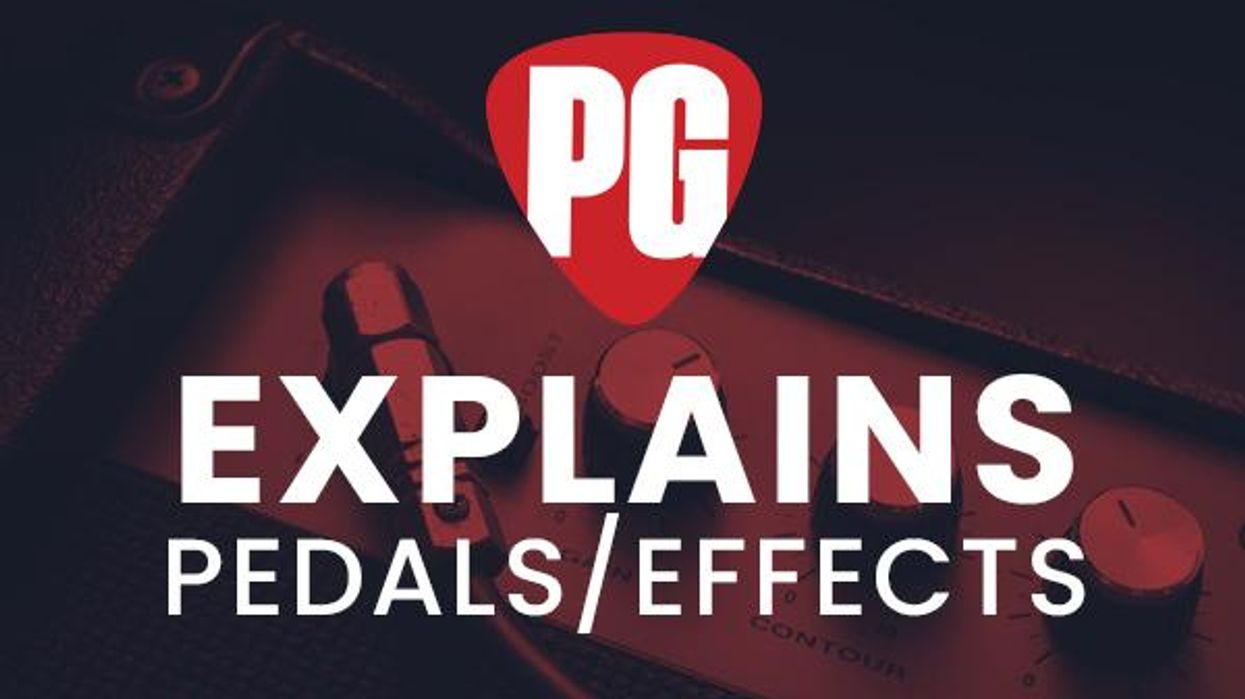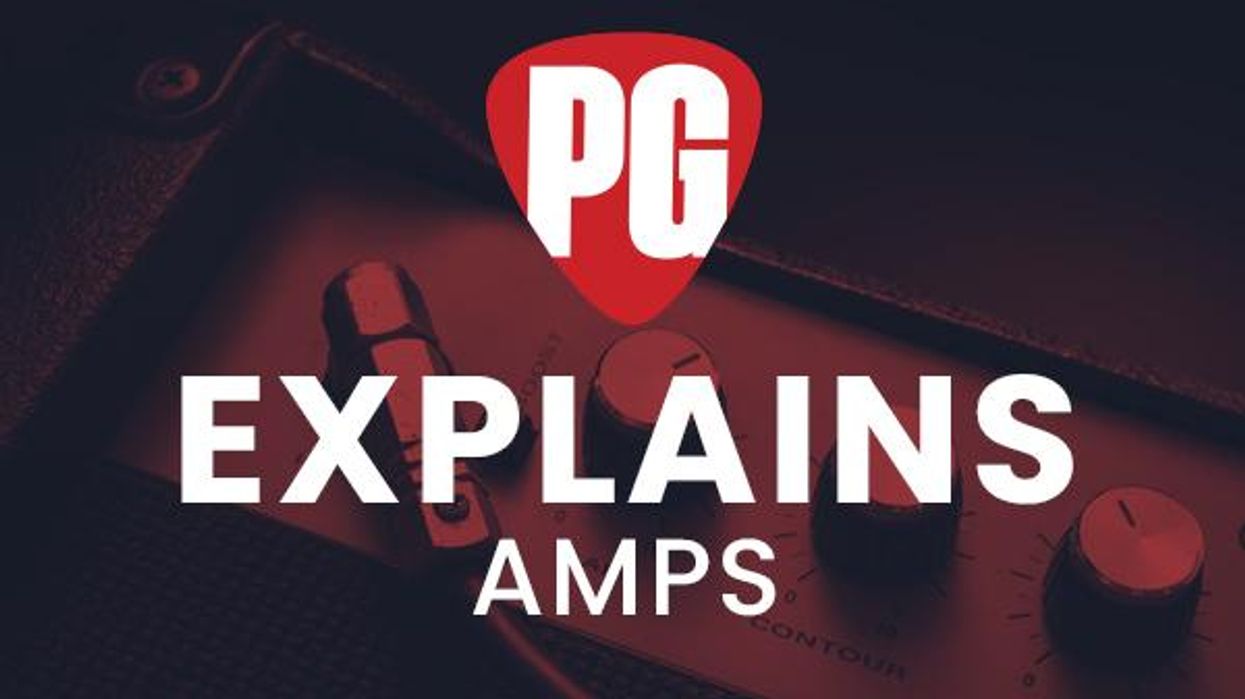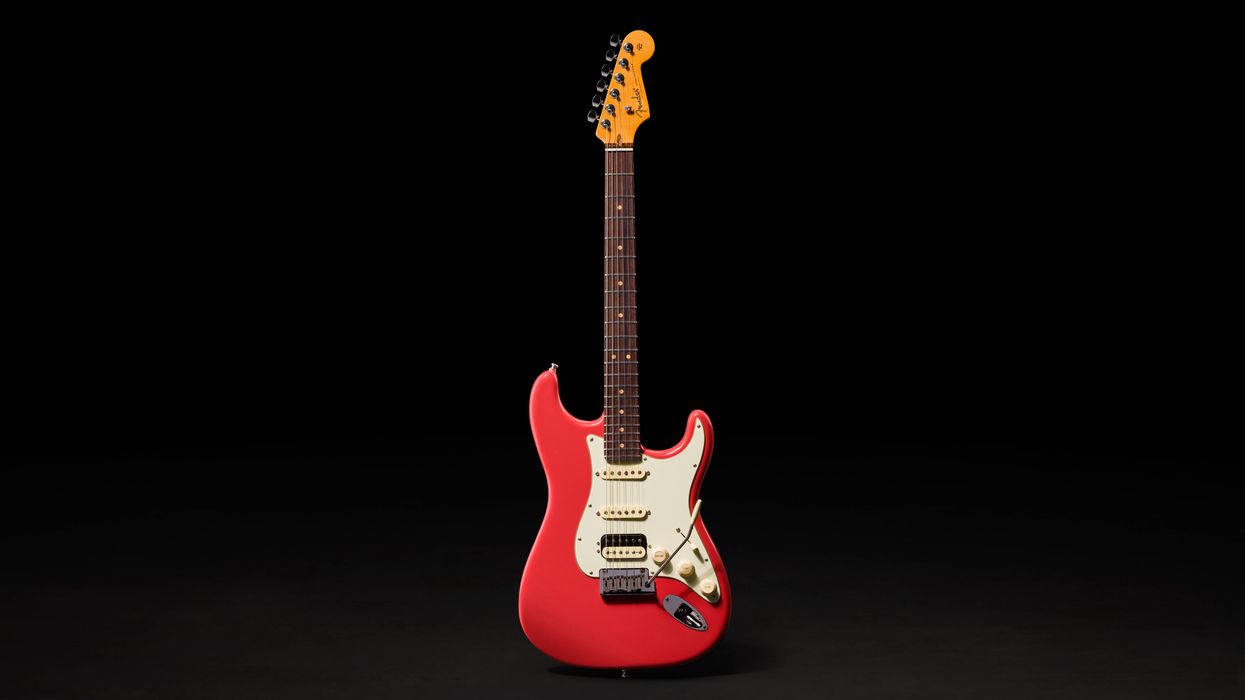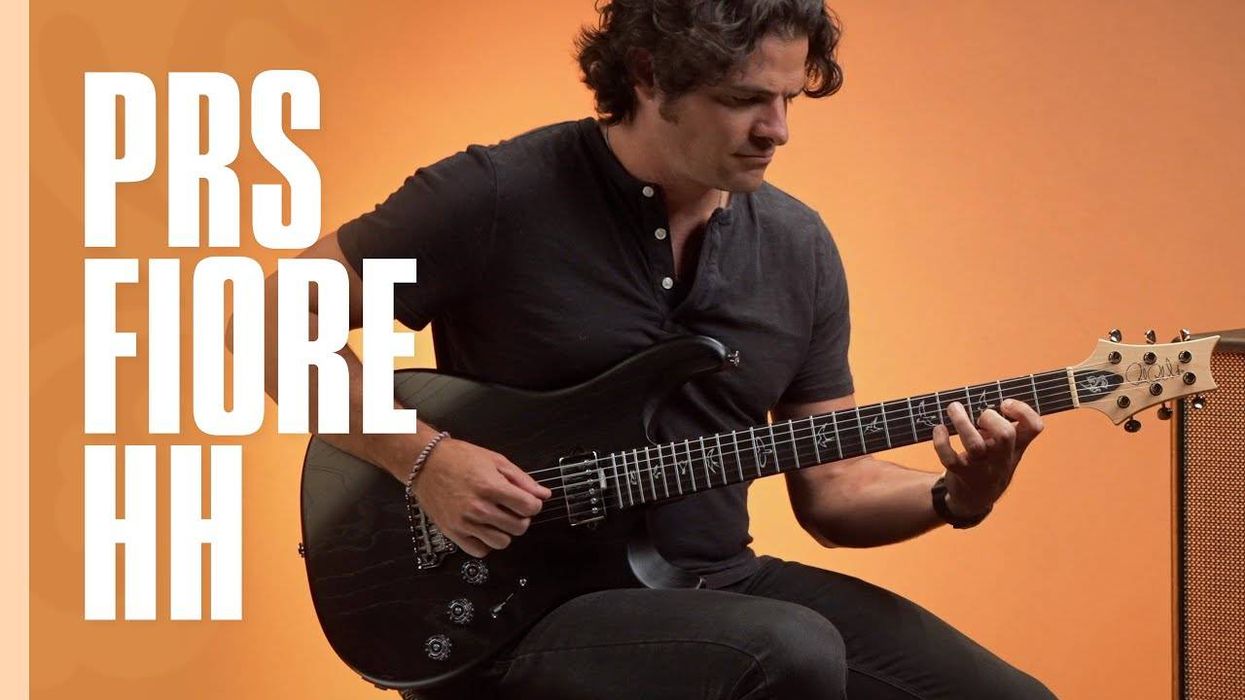What are different modes or scales?
A scale is a specific arrangement of seven different notes that, in most cases, will start and end on the same note, climbing an octave or two across all 6 strings in the process. Scales begin with a root note and can be played in any key. Depending on the scale, the intervals between notes will change, which gives scales different sounds.
A mode is a specific arrangement of notes that is built off of a scale. They take scales to the next level, adding different notes, intervals, shapes, and sounds. Each mode corresponds to a specific type of scale, and, unlike scales, modes don’t have to start or end on the root note.
What are the main scales?
In Western music, there are 12 scales. The first scales most guitarists are taught are the major and minor pentatonic scales. The earliest rock guitar players, like Sister Rosetta Tharpe and Chuck Berry, on to stadium rock legends Jimmy Page and Angus Young have popularized pentatonic scales with their lead work.
What are the main modes?
There are seven modes: Ionian, Phrygian, Lydian, Mixolydian, Dorian, Aeolian, and Locrian. They’re similar to scales, but contain different note intervals and create a completely different sound and mood.
How can you use modes and scales?
Scales and modes are essential tools for navigating the guitar’s fretboard. They form the basis of most soloing that guitarists do, and lend vastly different colors to your playing. Each scale or mode has a unique feel, so the more you add to your arsenal, the freer you’ll be in expressing ideas on your guitar.
Which scale is the easiest to play?
None of the scales are easier or harder, per se, but the major and minor pentatonic scales are good places to start, since other modes often build off of and into them.
Where can I find additional reading on modes and scales?
These articles at premierguitar.com will be helpful: “Fretboard Workshop: A Pentatonic Approach to Modes,” “Pentatonic Escape Routes,” “Pentatonic Misfits,” “Beyond Blues: The Mixo-Pentatonic Scale,” “The Modes: Part 1,” and “The Modes: Part 2.”







![Rig Rundown: AFI [2025]](https://www.premierguitar.com/media-library/youtube.jpg?id=62064741&width=1245&height=700&quality=70&coordinates=0%2C0%2C0%2C0)


![Devon Eisenbarger [Katy Perry] Rig Rundown](https://www.premierguitar.com/media-library/youtube.jpg?id=61774583&width=1245&height=700&quality=70&coordinates=0%2C0%2C0%2C0)
